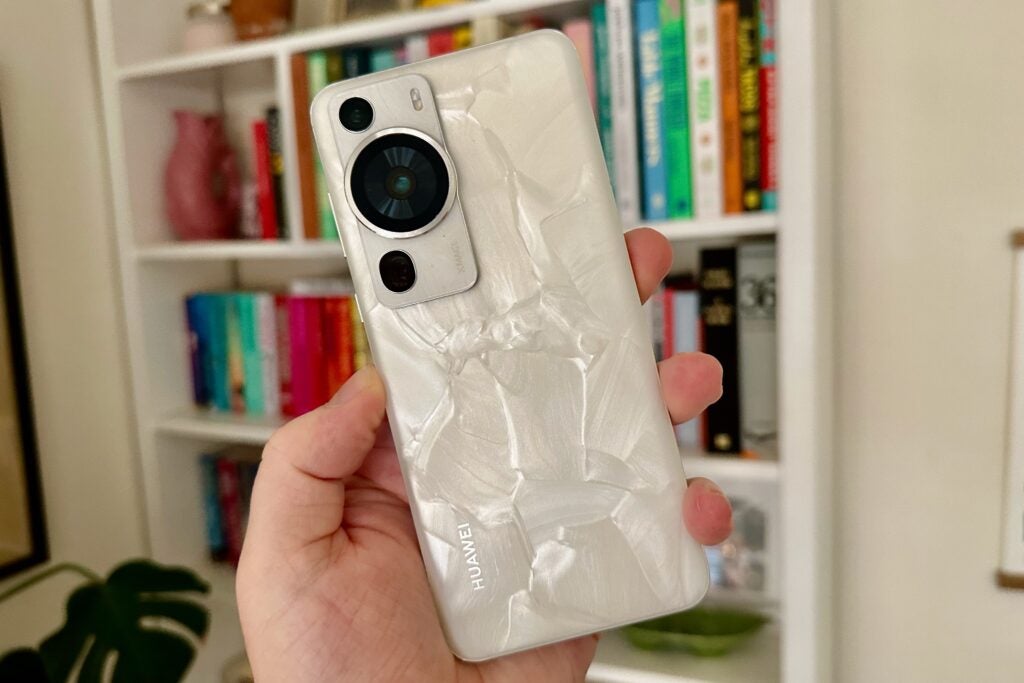First Impressions
Huawei has built a truly outstanding camera phone with the P60 Pro. Whether that’s enough to offset other issues remains to be seen.
Key Features
-
Fantastic camera skills2x 48MP rear cameras combine for excellent results -
Unique rear designThe Pearly, marble-like finish certainly stands out
Introduction
Huawei’s P60 Pro has finally found its way to European shores, bringing with it a very tempting camera array capable of some quite fantastic images.
Due to numerous issues, Huawei phones haven’t always been easy sells for UK and other European buyers over the past few years.
That doesn’t change much here, however the P60 Pro shows Huawei can still innovate and produce Android phones with some stunning hardware but they remain hamstrung in many everyday use cases.
For the £1199/€1199 starting price, the P60 Pro has to rely a lot on a select few skills to rival the Samsung Galaxy S23 Ultra. This could be the best Huawei phone in years – but, for most people, I am not sure that’s going to be enough.
Screen and Design
- Unique rear design
- Feels great to hold and comfortable to use
- Two colours available
There are so many materials found on the back of Android phones in 2023: vegan leather, ceramic, metal. Huawei isn’t using any of those, instead choosing a finish that closely resembles pearl or marble.
Before the launch, Huawei reps claimed every P60 Pro in the Rococo Pearl finish is unique and will have a slightly different overall look. I did have the chance to compare a number of different units, and they all were slightly varied in the shape of the pattern on the back.
The marble-like finish is certainly unique – though whether that’ll be positive or negative will completely depend on your personal tastes. For me, it’s a little too opulent and garish, while colleagues described it as looking either like a kitchen counter or a Las Vegas hotel bathroom. It’ll appeal to some though, and at least I can’t blame Huawei for playing it safe.
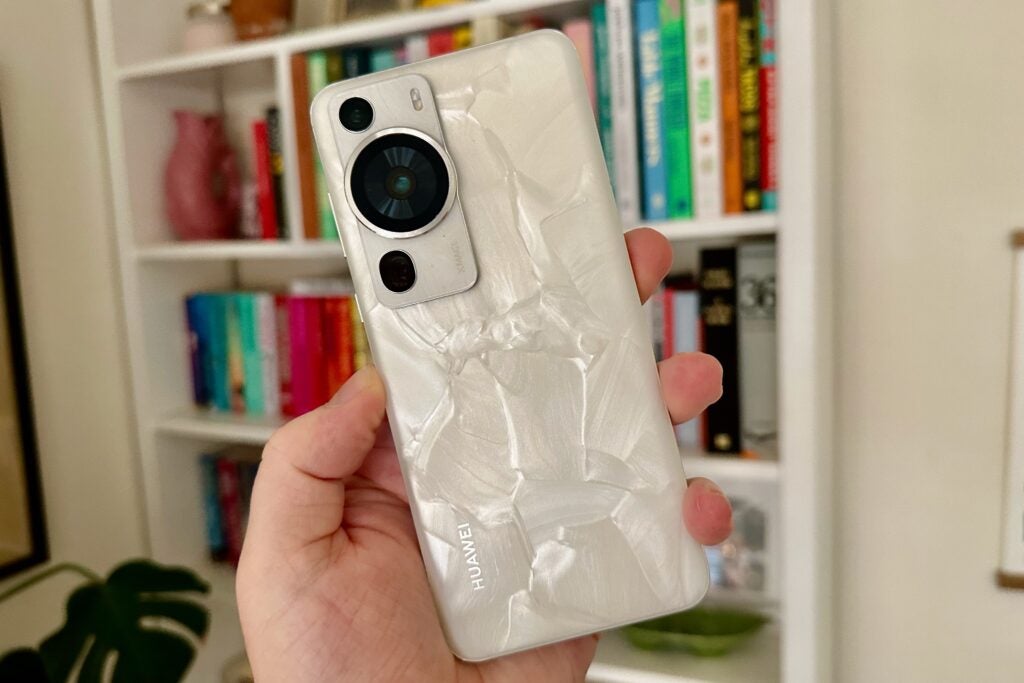
There is a black model available for those after a more subtle finish, and a number of other colours, including green, although these seem to be exclusive to the Chinese market.
I also appreciate how Huawei has kept the camera module small, especially when rivals like the Oppo Find X6 Pro and Xiaomi 13 Ultra have made it the main design focus. On the P60 Pro, the camera doesn’t stick out too much and looks tasteful.
While I am not completely won over by the design of the rear panel, I do like the almost soft texture it gives the phone. This, combined with the fairly low 200g weight and gently sloped sides make for a phone that’s among the most comfortable flagships to hold and use for extended periods of time. Huawei still knows how to make a phone that feels great.
Covering the phone is the brand’s own Kunlun glass, while it’s IP68 rated for protection from splashes and dust.
The 6.67-inch is perfectly sized, while the slightly odd 2700 x 1220 resolution seems a smart middle ground between 1440p and 1080p. Of course it’s a 120Hz OLED panel, with super smooth scrolling and good colour reproduction. There is HDR support, but so far I haven’t found any services that’ll stream that sort of content to the phone.
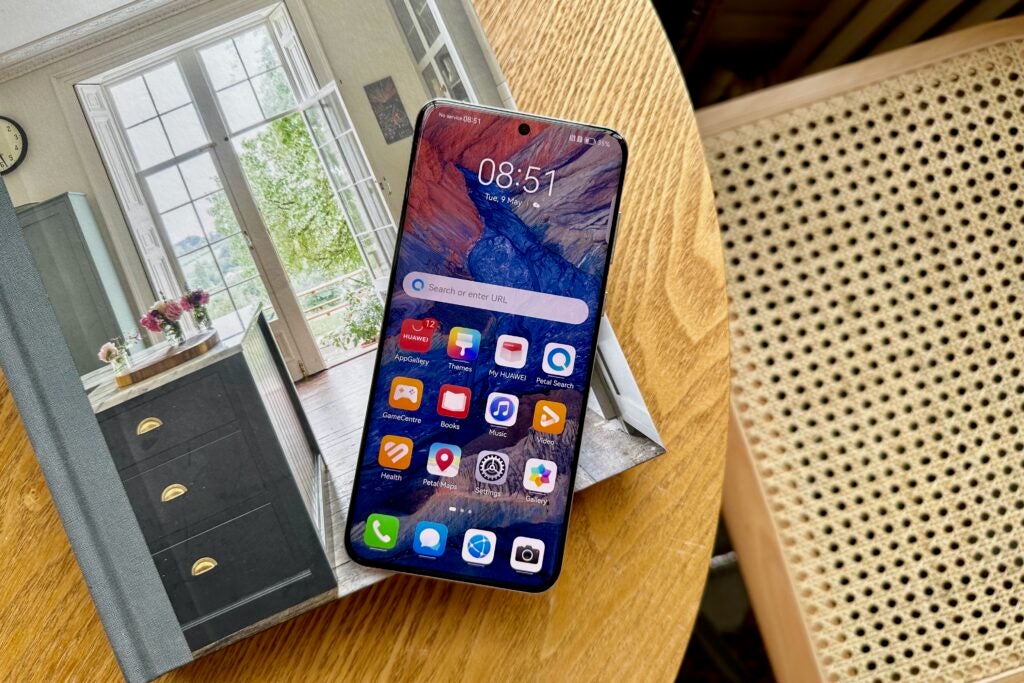
Camera
- Duo of rear 48MP sensors
- 13MP ultrawide completes the triple rear array
- Excellent zoom quality
The cameras on the back are the P60 Pro are very good, hardly a surprise considering Huawei has been churning out some of the best camera phones for years now.
Sitting on the phone’s rear is a main 48MP sensor with an aperture that can move between f/1.4 and f/4, paired with another 48MP sensor with a 90mm telephoto lens and finally a 13MP ultrawide.
Unlike Oppo and Xiaomi, Huawei isn’t being drawn on how big the actual sensor is, instead focussing more on what the optics here actually achieve. I managed to spend some time with the P60 Pro at a safari event arranged by Huawei ahead of the launch and I am convinced the best way of showcasing what this camera can do is by showing sample shots.




The real highlights are the colours produced in lower-light situations – just look how lovely the sunset looks and how the sun shimmers off the sides of the Land Rover – while the detail rendered in images shot at 10x is incredible. You can clearly make out individual strands of the giraffe’s fur and there’s minimal noise or distortion. There’s a lovely level of background blur too, as you can see in the sample images of the plants.
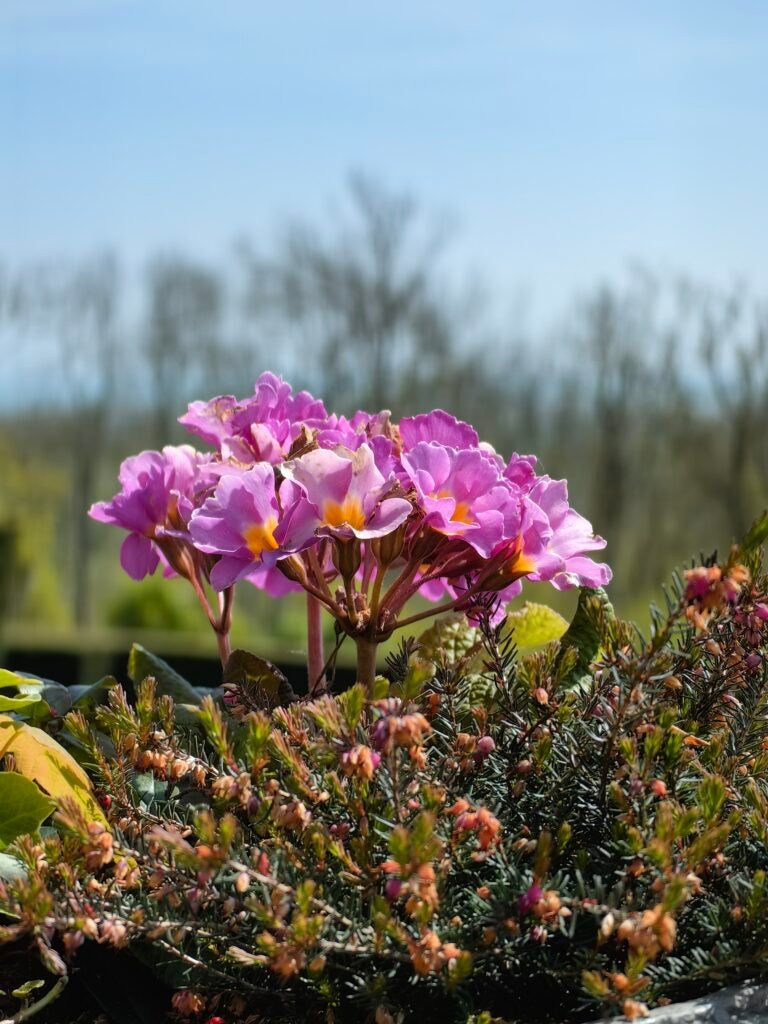
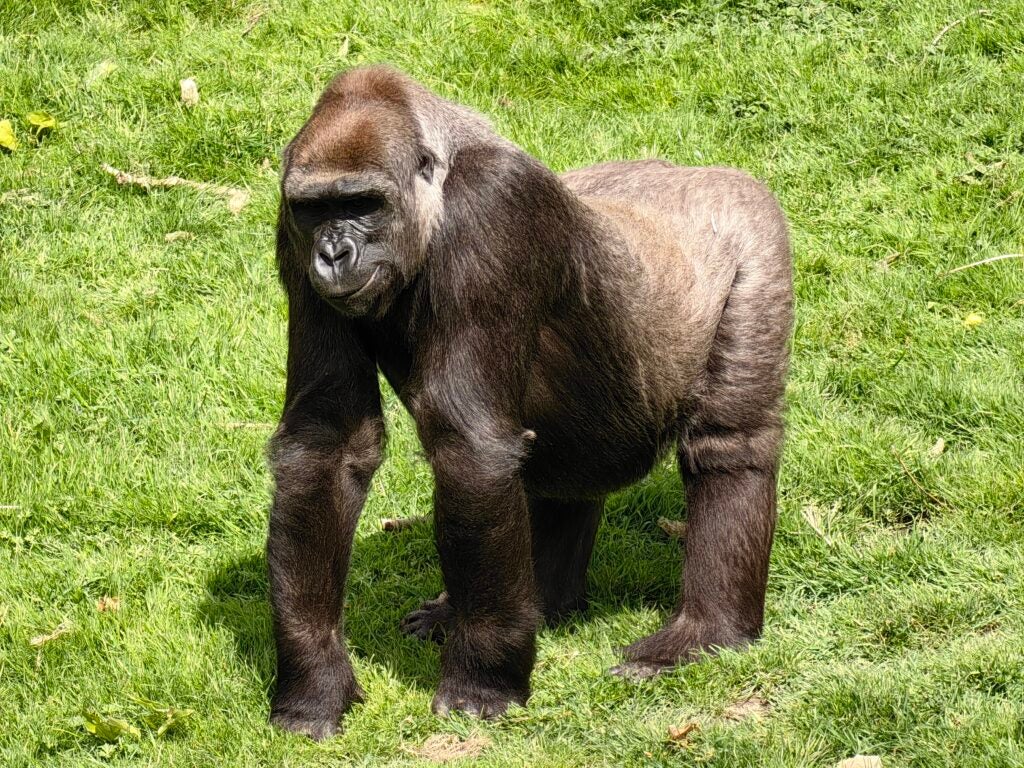
Regular daytime shots are certainly saturated, though a lot of this can be put down to the Master AI system which I do tend to find pumps up greens and reds a little too much – turn this off though and things seem much more natural.
As is the case with lots of other phones, there’s something a little odd going on with moon photography. The photo below was actually taken in the early evening light, yet the results show a completely black sky with a detailed moon. It might look great, but it’s nothing like the view I was actually looking at.
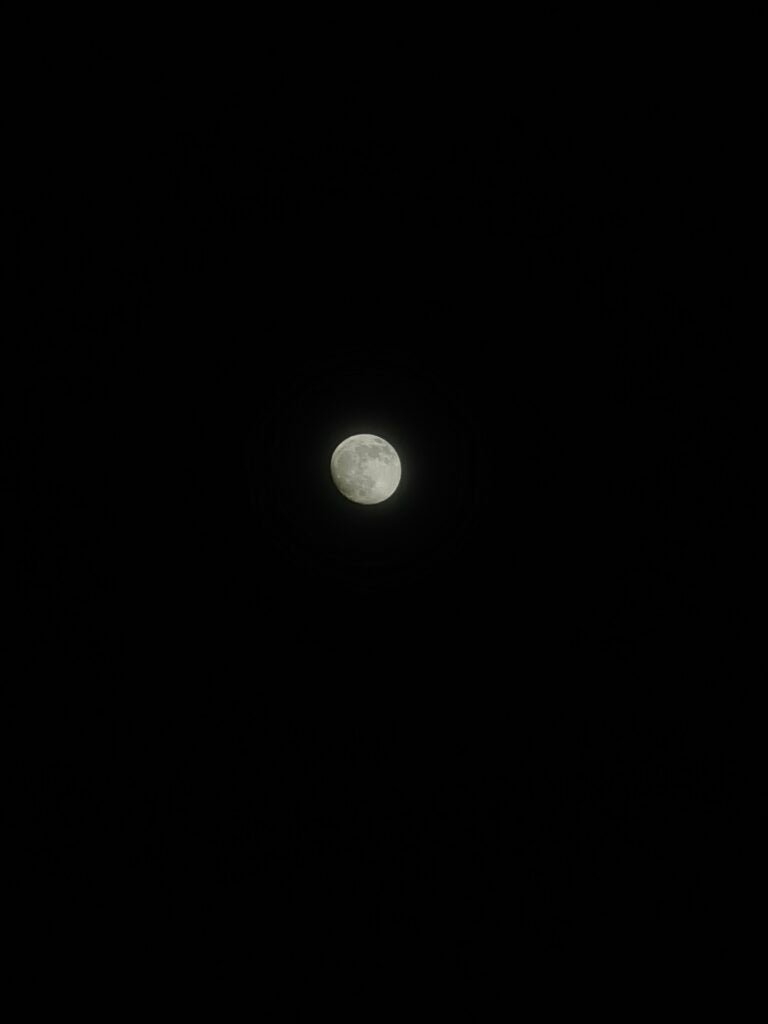
I’ll delve more into the camera, including the front 13MP sensor and the 4K up to 60fps video prowess, in the full review.
Performance
- No 5G support
- 2022 chipset from Qualcomm
- Still feels fast and fluid
Huawei is right to focus on the parts of the phones – notably the camera and design – it has full control over because elsewhere the troubles the brand is still going through make themselves constantly known.
Due to the ongoing trade issues with the USA, the P60 Pro’s hardware and software are a little odd – especially for a phone that costs over £1000.
First off the P60 Pro isn’t powered by the latest Qualcomm chipset, Instead of the 8 Gen 2 you’ll find inside rivals from Oppo, Samsung, Xiaomi and the OnePlus 11, this is powered by the 8 Plus Gen 1. Personally, this doesn’t bother me too much – the 8 Plus Gen 1 is barely 6 months old and during my first few days with the phone it’s not obviously slower than anything newer. However, again, this is a very expensive phone and it’s fair to be slightly annoyed that it doesn’t come with the very latest tech.
There’s also no 5G support, making this probably the most expensive 4G phone on the market. Like the use of a slightly older chip, this doesn’t bother me too much – I can’t say I’ve ever used 5G and genuinely felt it offered anything 4G doesn’t, but it’ll irk some people and a few years down the line it might be a far bigger issue. Even though it’s just getting a European release, the P60 Pro does feel a little outdated when everything is taken into consideration.
When it comes to the software experience, Huawei’s continued lack of Google Play support will make this a complete non-starter for some. Services like the majority of banking apps, fully-featured Netflix and those that utilise the Google Play Services backend – Uber, for example – simply won’t work as they should.
Huawei’s alternate app store, App Gallery, isn’t new anymore but remains full of apps that almost feel like budget remakes of popular alternatives, padded out with games I doubt will appeal to many. APKs still remain the easiest way to get popular downloads onto the phone, and these can come with a lack of updates down the line.
There are a lot of compromises that have to be made to comfortably use a Huawei phone on a daily basis. If you can live with that, then great – it just feels Huawei’s store should be a little more advanced at this stage, especially for a phone this capable.
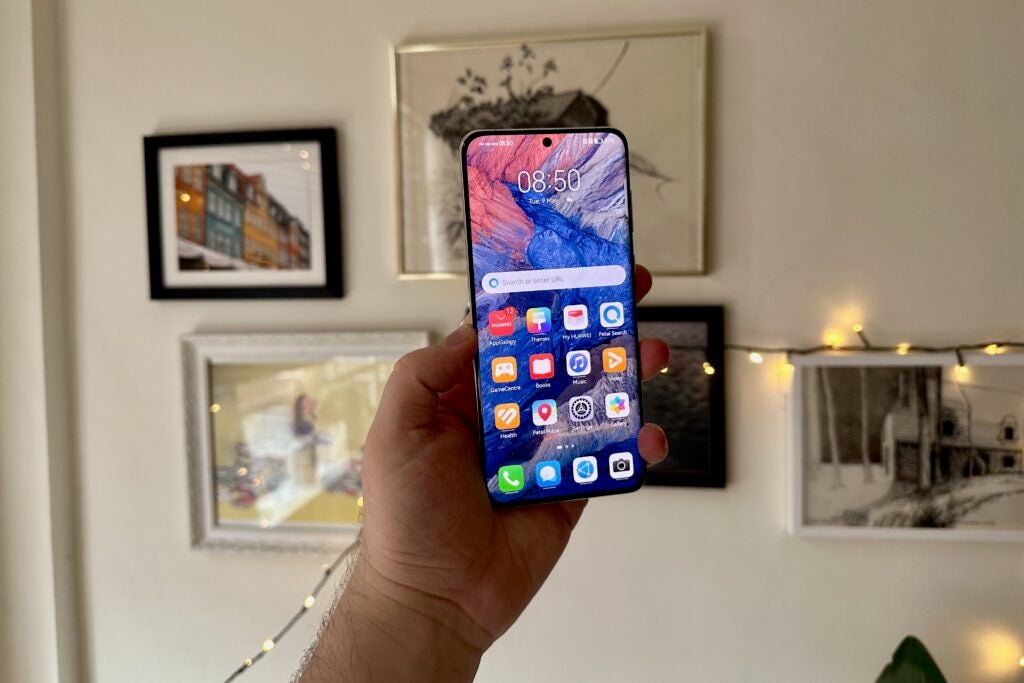
Memory sits at either 8 or 12GB RAM with storage options at 256GB or 512GB. There’s expandable storage too, in the form of Huawei’s NM cards, for bumping that up further. There’s a charging included which sits at 88w, while 50w wireless charging is onboard – though that does require a specific Huawei charger for those high speeds.
I haven’t spent long enough with the phone to judge the 4815mAh battery yet, with a deeper look at that coming in the full review.
Early Verdict
Some of the zoom and macro skills of the Huawei P60 Pro’s camera are simply stunning. The colours, the detail even when you’re pushing in 10x and the consistency of the image whether you’re shooting ultra wide or telephoto have absolutely blown me away during my first days with the phone.
The camera hardware isn’t quite as impressive on paper as the Xiaomi 13 Ultra or Oppo Find X6 Pro, but the results are some of the very best I have ever from a camera phone. Plus, the far smaller camera housing isn’t anywhere near as in your face as those two competing phones.
Camera aside, the P60 Pro has impressed me elsewhere too. The screen has just the right amount of curvature, while the pearly finish on the back of my review sample is soft and comfortable to hold – if a little opulent for my general tastes.
But, of course, any Huawei phone comes with caveats. The lack of 5G support isn’t a dealbreaker for me, but it does sting somewhat considering the phone’s lofty position and the amount of excellent competition.
It’s a similar story for the 2022, rather than 2023, Qualcomm chipset inside – it’s good, but it can’t really compete with the newer silicon. And then there’s the app situation – the lack of Google Play means those who are entrenched in Gdocs, Gmail and YouTube should look elsewhere. But it also means getting apps installed and updated is a faff, while the Huawei App Gallery is full of obscure services and bad games – it might have a lot of apps available, but I’m just not sure you’re going to want any of them.
Huawei has rightly chosen to focus on the camera once again – an area it can really innovate and impress in – and for those who can live without Google there’s a tempting amount going on.

